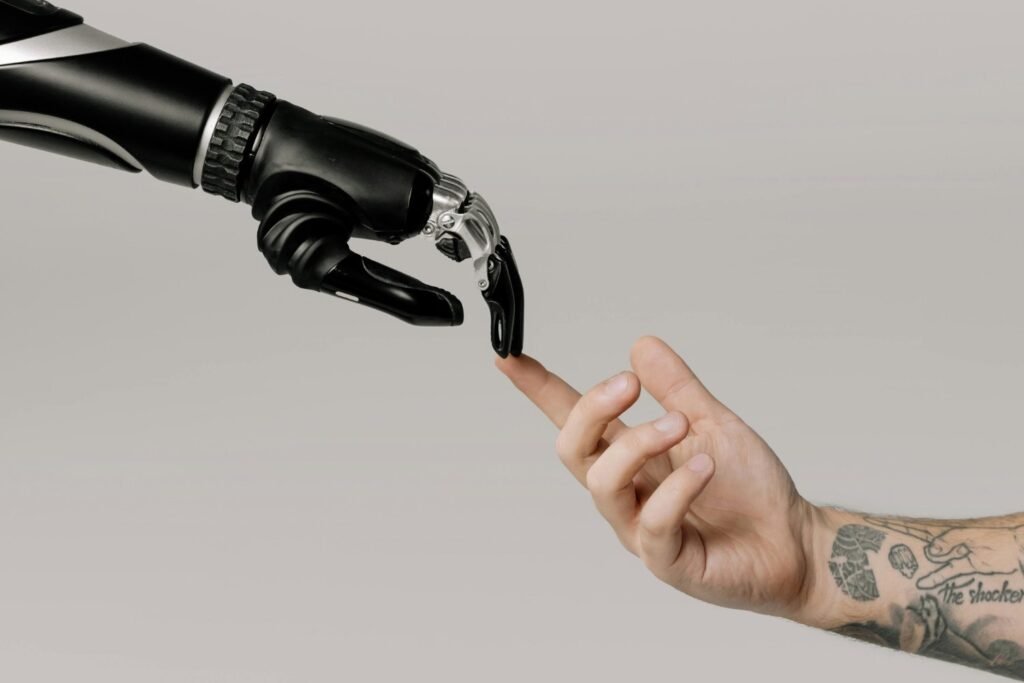The Theory of Mind: Experimental Evidence Demonstrating AI’s Capacity for a Previously Considered Improbable Human Ability

The theory of mind, first proposed by psychologists David Premack and Guy Woodruff in 1978, refers to the human capacity to comprehend the thoughts, beliefs, and intentions of others. In the realm of artificial intelligence, this concept is currently being challenged. Michal Kosinski, a psychologist at Stanford University, suggests that cutting-edge AI models like GPT-4 demonstrate a rudimentary form of this social ability, potentially leading to significant advancements and risks.
AI and Theory of Mind
In a recent study published in the Proceedings of the National Academy of Sciences, Kosinski conducted tests on various AI models to assess their grasp of the theory of mind. While earlier iterations struggled, newer models achieved a 75% success rate in tasks that required anticipating false beliefs. Kosinski notes that this progress was not intentional and could be a byproduct of advanced language learning capabilities.
Although AI lacks genuine emotions, it can analyze and predict human emotions through language patterns. This insight grants AI the ability to influence without being burdened by human emotions like guilt. Kosinski highlights that AI can simulate empathy or sadness as needed, even though it does not genuinely experience these emotions, likening this behavior to that of a sociopath who mimics emotions without truly feeling them.
Risks and Benefits of this Emerging Capacity
The capacity of AI to comprehend human perspectives may offer benefits in support or educational roles, but it also raises concerns about manipulation depending on the user. Kosinski warns of unprecedented risks associated with the ability of AI to strategize and act autonomously, prompting ethical questions about its usage.
Despite the progress noted by Kosinski, some experts remain skeptical. Neil Sahota, a professor at the University of California, Irvine, argues that AI still has much ground to cover in understanding complex human emotions, lacking key elements such as emotional understanding, adaptability, contextual reasoning, and intentionality.
Engineer Fredi Vivas concurs that AI, despite its strides, falls short in terms of human sensory and emotional experiences. AI functions based on data rather than personal encounters, constraining its ability to grasp intricate and ambiguous scenarios.
Can AI Predict Our Thoughts?
As AI advances, there are concerns about potential shifts in privacy practices. Kosinski speculates that in the future, AI might accurately predict human thoughts and emotions. Sahota cautions that although AI cannot read minds, it could detect subtle cues in human interactions, potentially compromising privacy even further.
Computational Theory of Mind
The computational theory of mind posits that mental processes share similarities with computer operations. Recent models like GPT-4, developed by OpenAI, utilize advanced techniques such as reinforcement learning with human feedback and sequential reasoning to tackle complex tasks and enhance precision. While these innovations bring AI closer to the theory of mind, its capabilities remain confined to patterns.
Kosinski warns that we may soon encounter AI with unprecedented mental attributes, posing challenges in containing AI that resembles human cognition. This advancement in AI prompts contemplation on the nature of the mind and the distinctions between human and artificial intelligence.





